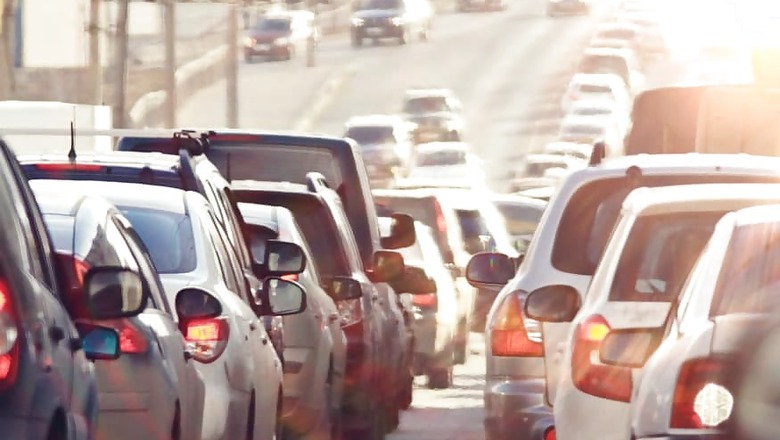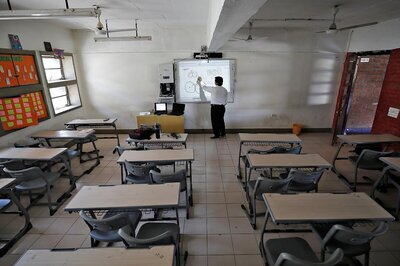
views
Soot from road traffic in developing countries can reach high altitudes, where it can be transported over long distances and thus contributes to global warming, a study has found.
Reduction of pollutants from road traffic such as soot particles from diesel cars should have high priority to both protect the health of the population in the growing urban area of emerging countries and reduce global warming, said researchers from Leibniz Institute for Tropospheric Research (TROPOS) in Germany.
Vote Now! Tech And Auto Awards 2018 is here. Click here to vote for your favourite gadgets and cars.
Soot particles from combustion processes significantly contribute to air pollution because they contain heavy metals and polycyclic aromatic hydrocarbons which are toxic, according to the study published in the journal Atmospheric Environment.
The researchers could benefit from unique conditions: With three stations at different altitudes -- downtown La Paz at 3590m, El Alto Airport at 4040m and Chacaltaya Observatory at 5240m -- it was possible to explain the vertical transport of soot.
"The measurements clearly show how soot from the city valley emerges with the warmed air up to the El Alto plateau and then partly up to the peaks of the Andes," said Alfred Wiedensohler from TROPOS.
There is no doubt that the soot in La Paz comes mainly from road traffic.
During the population census on November 21, 2012, all traffic in Bolivia was completely banned for 24 hours so that the population could be registered at their place of residence, researchers said.
Only ambulances were allowed to drive for emergency operations, they said.
"The result was impressive: the soot load on the road was reduced from around 20 to less than one microgramme per cubic metre," Wiedensohler said.
"This corresponds roughly to the reduction from 100 to about five percent. There is no clearer way of demonstrating the contribution of soot pollution from road traffic," he said.
"This finding is important because several cities in the region might be facing the same problem," Wiedensohler said.
For instance Cochabamba, the third largest metropolitan area of Bolivia, has serious air quality problems, according to the World Health Organization (WHO).
This study can contribute to strengthen regulations for improving air quality in different cities in the country, researchers said.



















Comments
0 comment